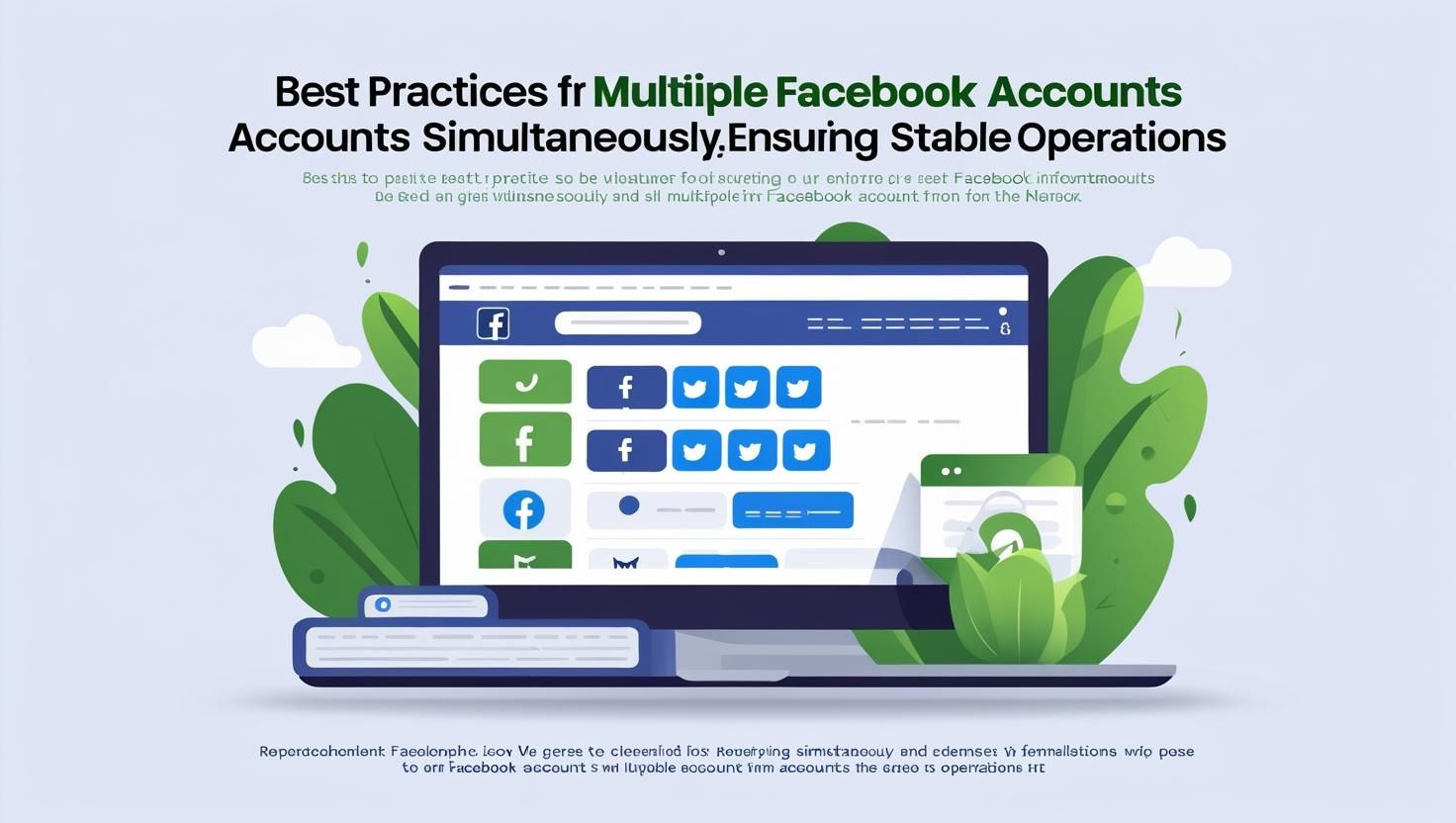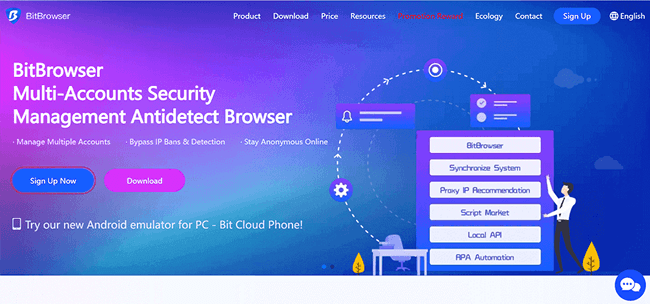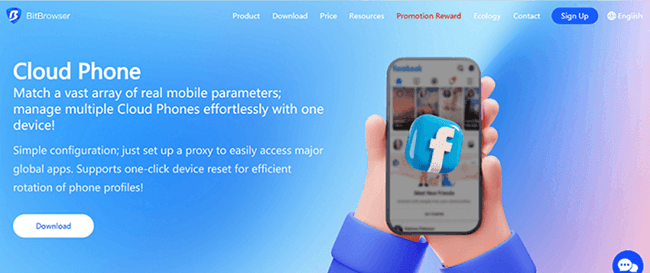


IPv4 vs. IPv6: Which Internet Protocol is Better in 2025?
 2025.08.26 21:51
2025.08.26 21:51The internet connects billions of devices every day—from smartphones and laptops to smart TVs, IoT sensors, and even cars. But for these devices to communicate, they need a unique identifier: the IP address (Internet Protocol address).
Today, two main versions of IP exist: IPv4, the long-standing standard, and IPv6, the modern upgrade designed to meet the needs of a rapidly expanding digital world. While both serve the same fundamental purpose, they differ significantly in structure, scalability, and efficiency.
In this article, we’ll explore what IPv4 and IPv6 are, their advantages and disadvantages, and why IPv6 is crucial for the future of the internet
What is an IP Address?
An IP address is a unique identifier assigned to each device on a network. It works like a postal address, ensuring that information sent across the internet reaches the correct destination.
For example:
- When you type in a website URL, your device uses its IP address to request data from the server.
- The server then uses your device’s IP to send back the requested webpage.
Without IP addresses, devices would have no way of locating and communicating with each other online.
Types of IP Addresses
There are two widely used versions:
- IPv4 (Internet Protocol Version 4)
- IPv6 (Internet Protocol Version 6)
Let’s break them down.
IPv4: The Internet Pioneer
Introduced in 1981 and adopted globally in 1983, IPv4 is the original internet protocol that powered the web’s early growth.
- Format: IPv4 uses a 32-bit numeric system, written as four decimal numbers separated by dots.
- Example:
192.168.1.1
- Example:
Limitations of IPv4
Despite its historical importance, IPv4 has several drawbacks:
- Limited capacity: Supports only about 4.3 billion unique addresses—far fewer than needed today.
- Complex setup: Requires manual configuration or DHCP.
- Less efficient routing: Larger headers slow down processing.
- Weak security: No built-in encryption or authentication.
- Limited QoS (Quality of Service): Struggles to prioritize traffic like video calls or streaming.
- Network inefficiencies: Broadcast messages and packet fragmentation can waste resources.
IPv6: The Future of the Internet
Launched in 1995 by the Internet Engineering Task Force (IETF), IPv6 was designed to overcome the shortcomings of IPv4.
- Format: IPv6 uses a 128-bit system, written in hexadecimal and separated by colons.
- Example:
ABCD:EF01:2345:6789:ABCD:B201:5482
- Example:
Key Advantages of IPv6
✅ Vast address space – Supports trillions of devices, making it future-proof.
✅ Built-in security – Includes IPsec for data encryption and authentication.
✅ Simpler headers – Speeds up routing and reduces processing overhead.
✅ Better traffic management – Enhanced QoS for streaming, gaming, and VoIP.
✅ Optimized for mobility – Designed for mobile and IoT devices, ensuring faster and more reliable connections.
Transitioning from IPv4 to IPv6
The internet cannot switch overnight from IPv4 to IPv6, so several strategies are used to ensure compatibility:
- Dual Stack: Devices support both IPv4 and IPv6 simultaneously.
- Tunneling: IPv6 packets travel across IPv4 networks.
- NAT (Network Address Translation): Translates between IPv4 and IPv6 addresses.
These methods allow gradual adoption while keeping networks operational.
IPv4 vs. IPv6: Which is Better?
- IPv4 is still widely used, especially in legacy systems and regions where the transition is slower.
- IPv6 offers clear benefits—unlimited scalability, stronger security, and improved efficiency.
The reality is that IPv6 is not just better—it’s necessary. As billions of new devices come online every year, IPv4 simply cannot keep up.
Conclusion
Both IPv4 and IPv6 are essential for the internet, but the future belongs to IPv6. Its larger address space, stronger security features, and optimized performance make it the backbone of tomorrow’s digital world.
While IPv4 still powers much of today’s web, the transition to IPv6 is accelerating. For businesses, developers, and everyday users, adopting IPv6 is not just an upgrade—it’s a step toward a faster, safer, and more connected internet.
 petro
petro
 Multi-Account Management
Multi-Account Management Prevent Account Association
Prevent Account Association Multi-Employee Management
Multi-Employee Management



